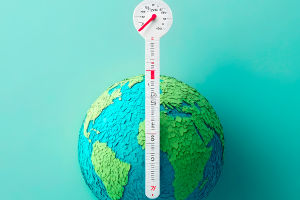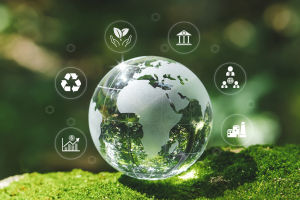Sustainability is more than a trend—it’s a vital framework for ensuring a thriving future for our planet and all its inhabitants. It focuses on meeting present needs without compromising the ability of future generations to meet theirs.
This concept is built around three key pillars: environmental protection, social responsibility, and economic viability. Together, these pillars aim to create balance, fostering a healthy environment, equitable societies, and sustainable economies.
At its core, sustainability is about minimizing resource depletion, reducing pollution, and conserving ecosystems. The United Nations’ Sustainable Development Goals (SDGs) serve as a global roadmap to tackle pressing challenges like poverty, inequality, climate change, and environmental degradation.
Why Is Sustainability Important?
Sustainability is essential because it safeguards long-term health and prosperity for both people and the planet. It helps mitigate climate change by encouraging renewable energy use, reducing carbon footprints, and promoting energy efficiency.
By adopting sustainable practices, we can also prevent further harm to ecosystems, protect wildlife, and ensure resources like water and soil remain available for future generations.
Additionally, sustainability builds resilience against economic shocks and fosters innovation, ensuring that industries can thrive without degrading the environment. It also promotes equity by ensuring that basic resources, such as education, healthcare, and food, are accessible to all.
How Does Sustainability Help Wildlife?
Sustainability plays a crucial role in protecting wildlife and their habitats. Sustainable land use and conservation efforts help preserve critical habitats, reducing the risk of species extinction. Practices like sustainable agriculture and forestry ensure that resources are used responsibly, preventing over-exploitation and maintaining healthy ecosystems.
Sustainability also helps wildlife coexist with human populations by minimizing conflict. For example, creating wildlife corridors or educating local communities can reduce human-wildlife interactions and foster a greater appreciation for wildlife.
The UN Sustainable Development Goals (SDGs)
The SDGs, launched in 2015, provide a global framework to address issues like poverty, inequality, and climate change. These goals are interconnected, meaning progress in one area often depends on progress in others.
The protection of wildlife and natural habitats is integral to achieving many of the SDGs, highlighting the need for concerted global action to safeguard our planet’s biodiversity.
Simple Steps for a Sustainable Life
You don’t need to wait for governments or corporations to take action. Here are some everyday steps you can take to live more sustainably:
- Reduce Waste: Switch to reusable items, avoid plastic, and buy only what you need.
- Save Water: Use water-efficient appliances and fix leaks promptly.
- Support Sustainable Agriculture: Choose organic and locally sourced foods, and avoid products that harm wildlife, like palm oil.
- Minimize Your Carbon Footprint: Opt for public transportation, bike, or walk when possible. Choose eco-friendly transport options like electric vehicles.
- Avoid Fast Fashion: Buy less, recycle, and support second-hand shops to reduce the environmental impact of clothing production.
How Agriculture Can Be More Sustainable?
Sustainable agriculture focuses on practices that meet today’s needs without harming the environment. Examples include agroforestry, which integrates trees into farming systems to improve biodiversity and soil health, and biodynamic farming, which uses organic methods and natural materials to promote sustainable farming.
By supporting these practices and incorporating sustainable habits into our daily lives, we can all contribute to a healthier planet for generations to come.


